The rich tapestry of Earth’s prehistoric past is strewn with fascinating creatures that capture our imagination. North America, in particular, was home to an array of intriguing prehistoric animals. From gigantic predators to gentle giants, their stories are embedded in our geological past, inviting us to explore and learn about life long before human history began. Join us as we embark on a journey to uncover 12 prehistoric creatures that once roamed the vast landscapes of America.
Mammoth Majesty The Majestic Woolly Mammoth
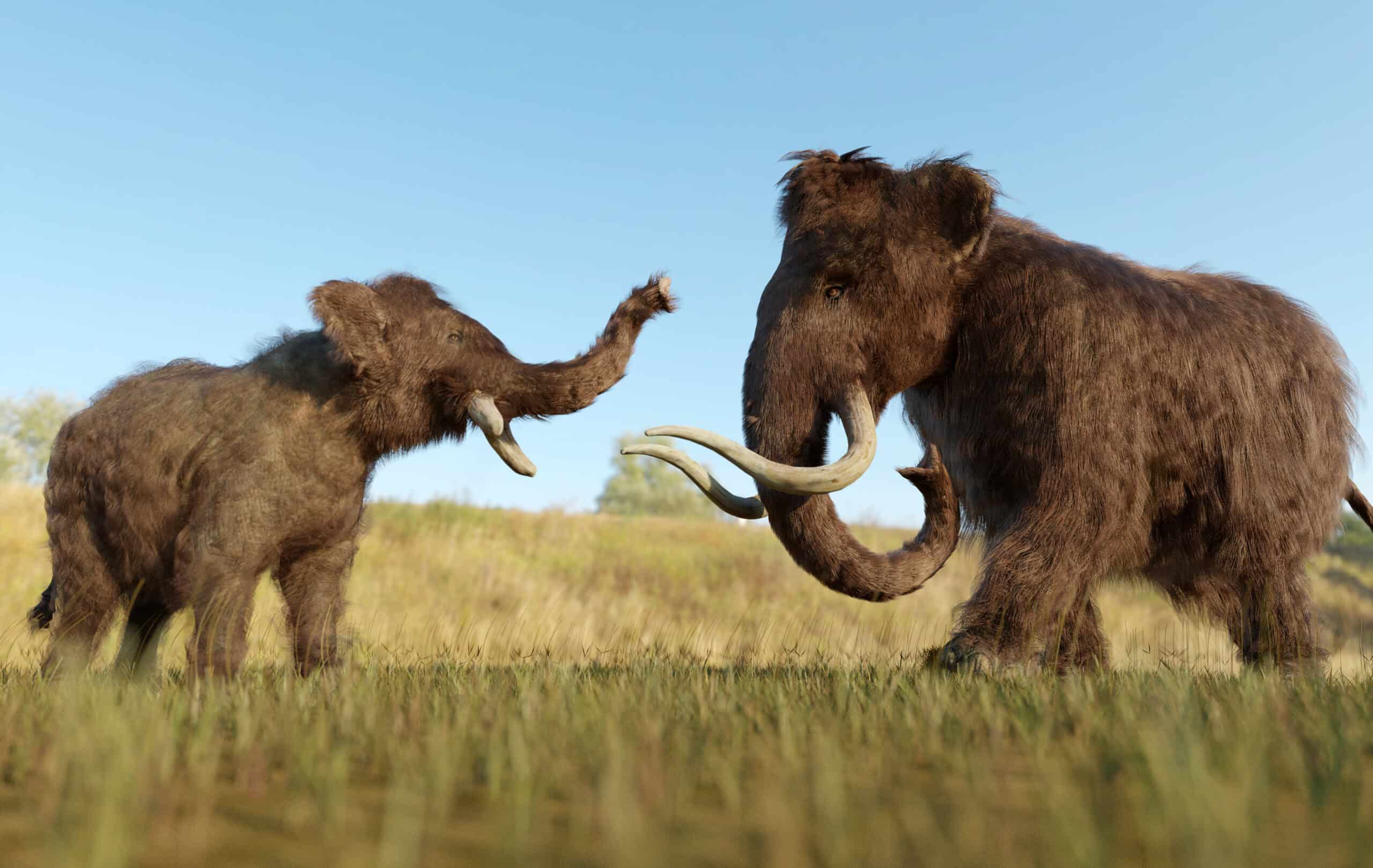
The Woolly Mammoth, known scientifically as *Mammuthus primigenius*, was one of the most iconic ice age mammals. Its hair-covered, elephantine body helped it endure the frigid conditions of prehistoric North America. Standing up to 13 feet tall and weighing around six tons, these giants were herbivorous, grazing on the tundra’s grasses and shrubs. Their remains, often found in frozen tundras, offer insights into the Pleistocene epoch, a time when mammoths roamed alongside early humans.
Saber-Toothed Spectacle Smilodon
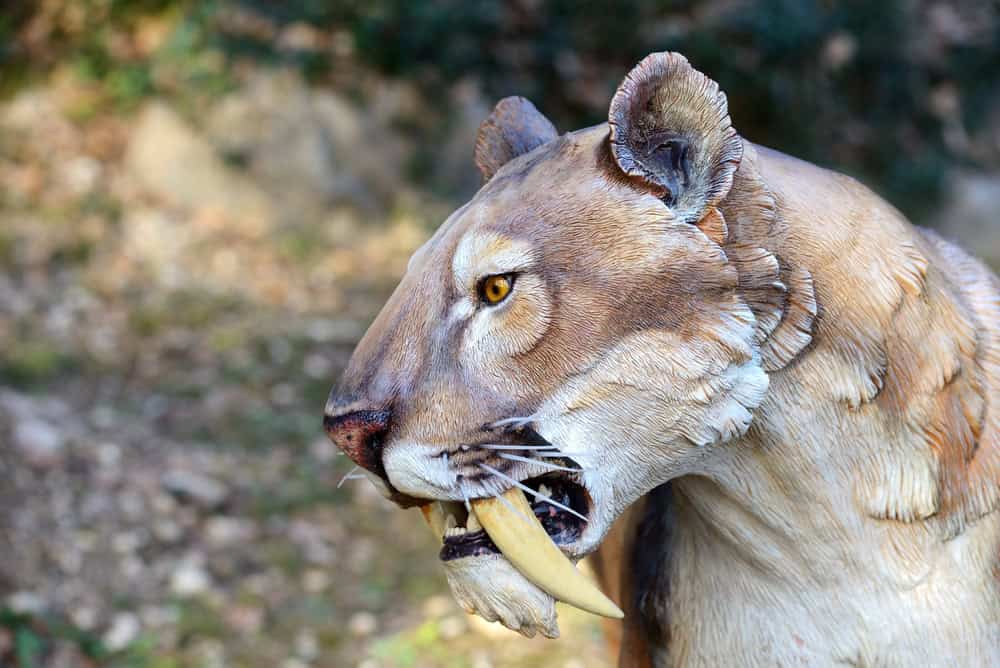
The Smilodon, commonly known as the saber-toothed tiger, was a fearsome predator. Not actually a tiger, this apex predator belonged to a now-extinct group of large cats. Its prominent feature was its elongated canine teeth, which could reach up to seven inches. Smilodon’s muscular build and power made it an effective hunter of large prey like bison and camels. Its fossils have been predominantly discovered in California’s La Brea Tar Pits.
Titan of the Skies Quetzalcoatlus
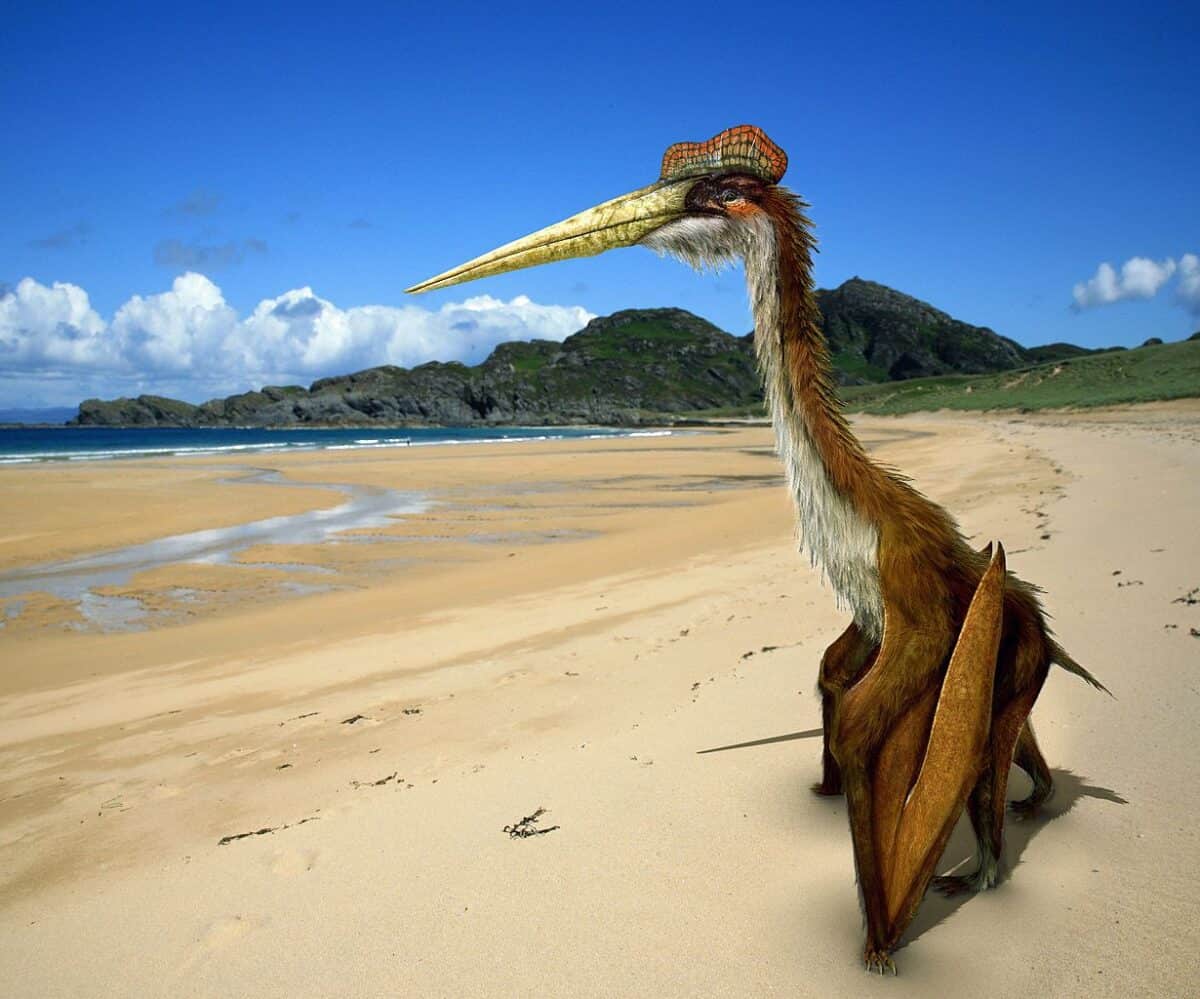
Quetzalcoatlus was one of the largest flying animals of all time, with wingspans stretching beyond 30 feet. This pterosaur soared through the North American skies during the late Cretaceous period. Despite its colossal size, it likely fed as a scavenger or on small prey on the ground. Named after an Aztec deity due to its grandeur, Quetzalcoatlus’s fossils have been found in Big Bend National Park, Texas, offering a glimpse into Earth’s distant avian past.
Colossal Carnivore Tyrannosaurus Rex

The Tyrannosaurus Rex, or T. Rex, is arguably the most famous dinosaur, renowned for its size, power, and fearsome reputation. Roaming North America around 68 to 66 million years ago, this massive theropod dinosaur stood about 12 feet tall at the hips and stretched over 40 feet long. As a top predator, T. Rex had a robust build and powerful jaws, making it an influential figure in the Late Cretaceous ecosystems.
Ground Shaker Mammut, the American Mastodon

The American Mastodon, or *Mammut americanum*, was another massive mammal that inhabited the North American forests and wetlands. Unlike the woolly mammoth, mastodons had shorter legs and were more adapted to wooded environments, feeding on twigs, leaves, and branches. Standing up to 10 feet tall, they shared their range with early human populations, often becoming a target for prehistoric hunters.
North American Cheetah
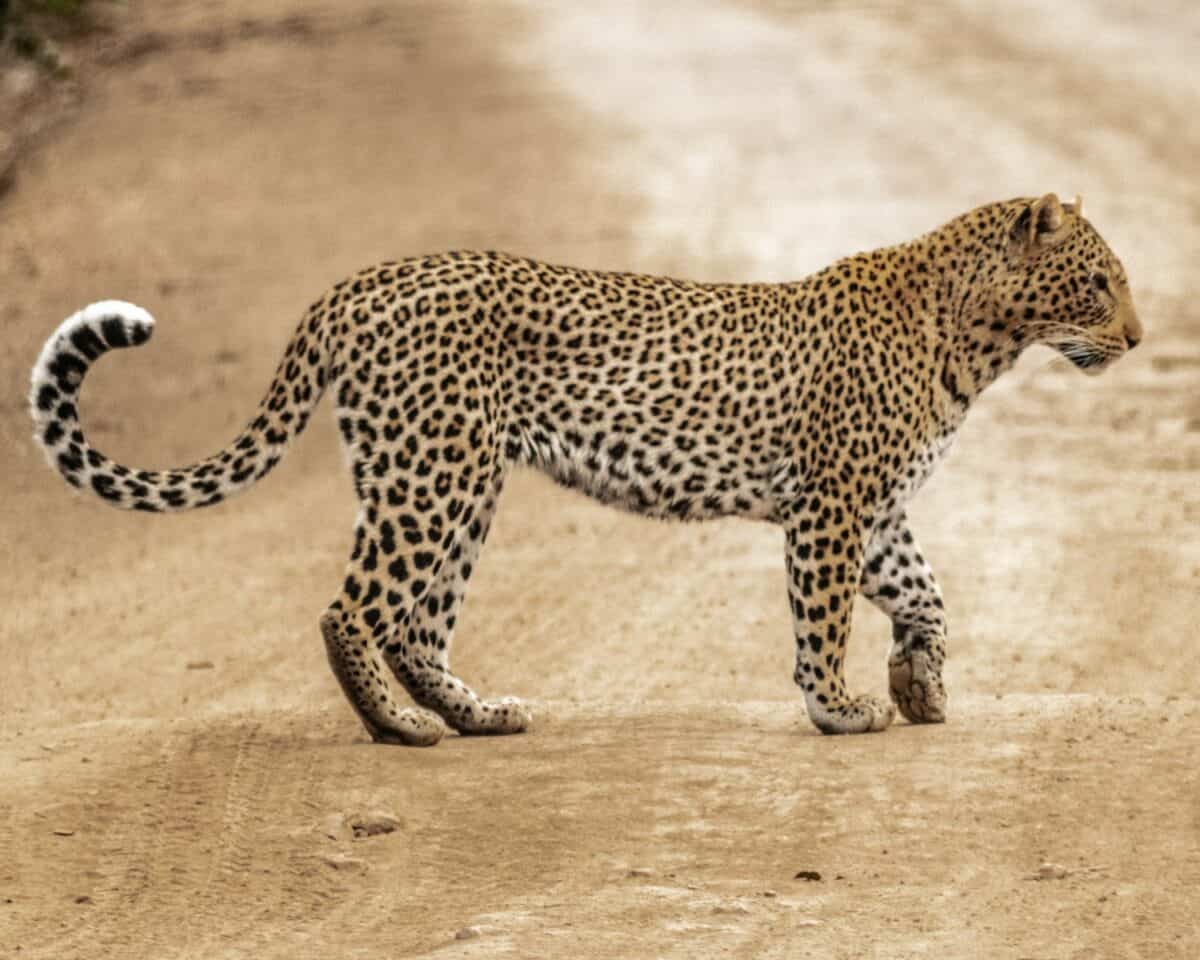
The extinct North American Cheetah, *Miracinonyx*, resembled the modern cheetah in appearance and speed but was more closely related to the cougar. This swift predator enhanced its landscape by keeping deer and pronghorn populations in check across the American plains. Fossils found across the continent confirm the existence of this remarkable feline that thrived until approximately 30,000 years ago.
Megatherium The Giant Ground Sloth
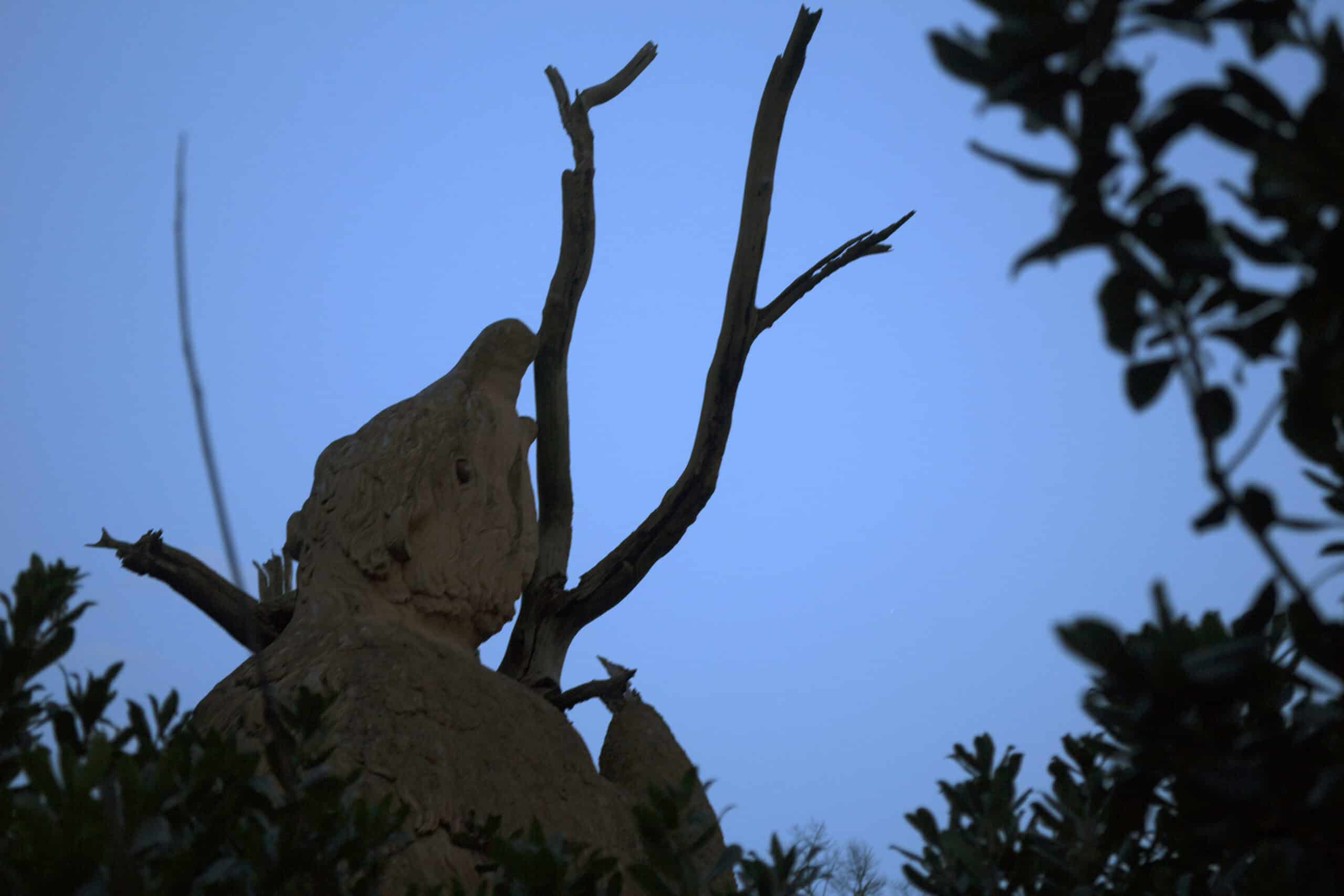
Megatherium, the giant ground sloth, was an herbivore of massive proportions. This colossal mammal, native to the woodlands and savannas of prehistoric America, grew up to 20 feet long. Despite its size, the ground sloth was a gentle giant, foraging on leaves, fruits, and plants. Fossils have been uncovered throughout North and South America, illustrating their wide range and adaptation to various climates.
Thunderous Titan The Triceratops
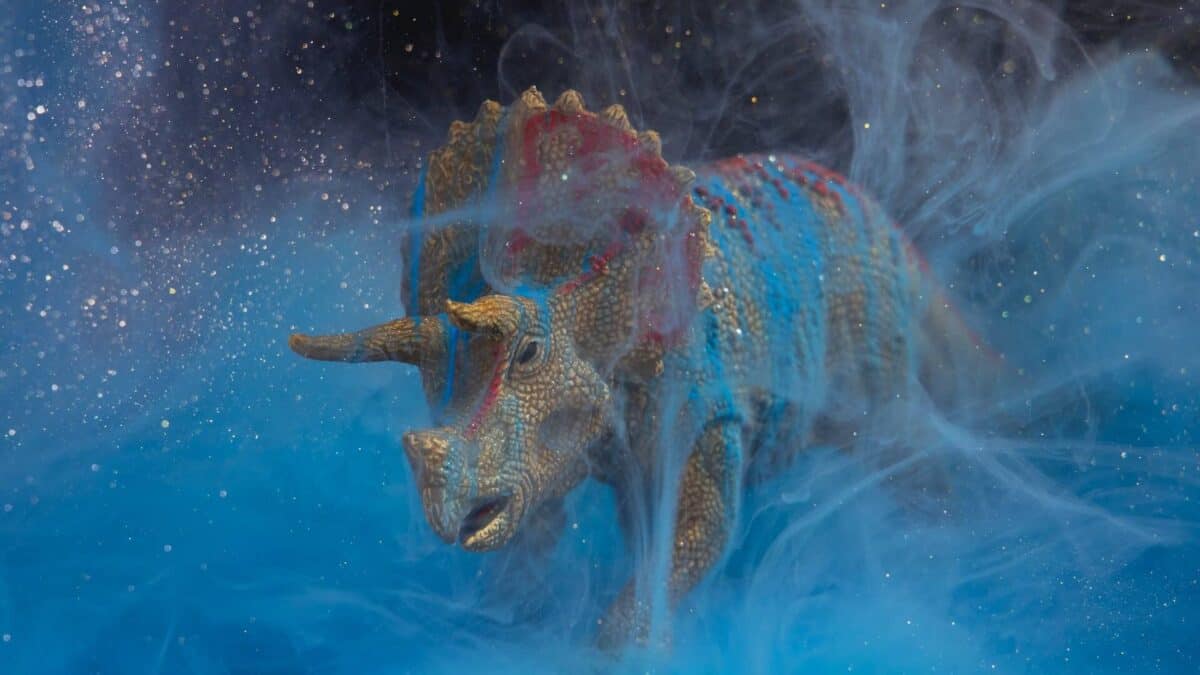
Triceratops is one of the most well-known ceratopsid dinosaurs, recognizable by its three facial horns and large bony frill. These herbivores roamed the western United States during the late Cretaceous period, grazing on low-lying plants. Their fossils, often found in what is now the Great Plains, suggest they may have traveled in herds, using their imposing horns for defense against predators like T. Rex.
Glyptodon The Armored Giant

Glyptodon was a massive, armored mammal comparable in size to a Volkswagen Beetle. Related to modern armadillos, Glyptodon sported a heavy, protective shell composed of bony plates. It roamed the Americas during the Pleistocene epoch, foraging on grasses and plants. Its remains have been discovered throughout the southern United States, presenting a fascinating case of convergent evolution in mammals.
Dire Wolves The Legendary Canines

The dire wolf, *Canis dirus*, was a formidable predator during the Pleistocene era. Larger and more robust than modern wolves, dire wolves preyed on megafauna such as horses and bison across North America. With a powerful build, they likely relied on pack hunting to bring down large prey. La Brea Tar Pits in California is one of the primary sites for dire wolf fossils, preserved alongside other ice age creatures.
The Fearsome Short-faced Bear

The short-faced bear, *Arctodus simus*, was one of the largest terrestrial mammalian carnivores of the Pleistocene. With a height exceeding 11 feet when standing on its hind legs, it roamed the open plains and woodlands of North America. Unlike modern bears, it had long limbs and sharp teeth, suggesting an active predator lifestyle. Its fossils reveal a swift and deadly hunter that dominated its territory.
The Titanoboa America’s Ancient Serpent
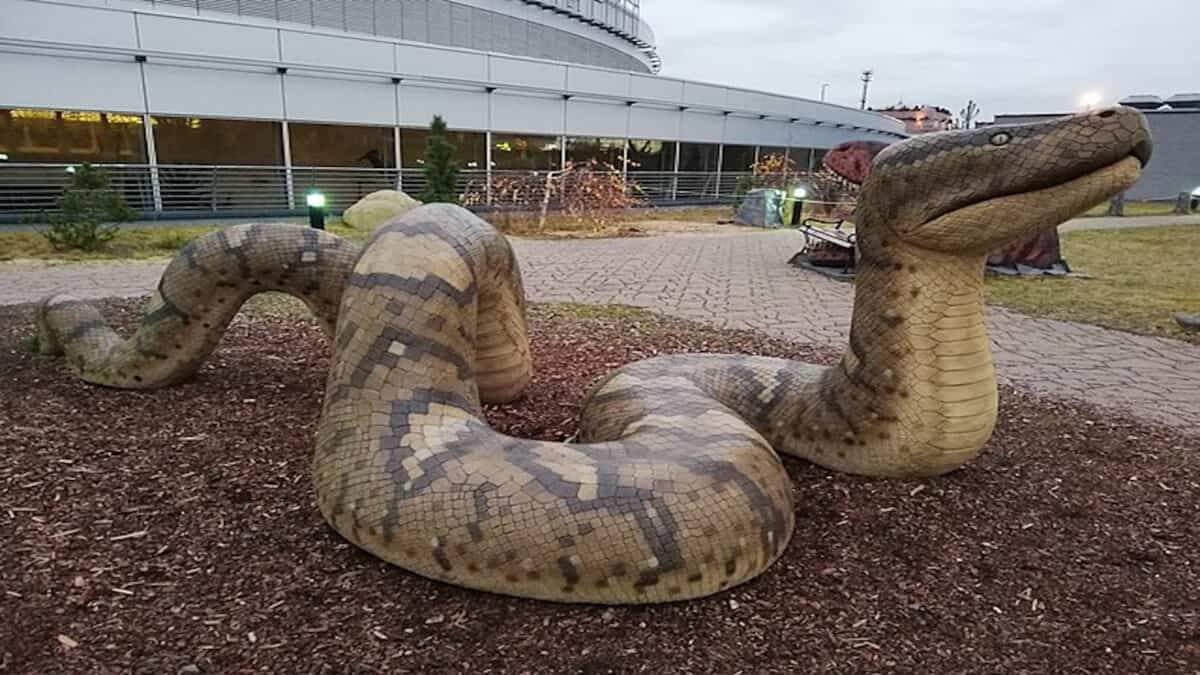
Titanoboa was the largest snake to have ever lived, existing primarily in tropical ecosystems of South America and occasionally venturing into North America. Measuring up to 42 feet in length, this gigantic serpent thrived in the warm climates of the Paleocene epoch, posing a serious threat to other formidable creatures. Its discovery paints a picture of lush, swampy prehistoric worlds teeming with evolutionary marvels.
Conclusion:

In this exploration of prehistoric America, we have journeyed through millions of years to witness the remarkable diversity of life that once thrived on this continent. These ancient creatures, from the towering mammoths and predators like the T. Rex, to the flying giants such as Quetzalcoatlus, mark significant evolutionary paths. While they have vanished, their fossils continue to educate and inspire us, reminding us of Earth’s unpredictable yet fascinating history.
- 12 Wild Species That Are Smarter Than We Ever Thought - August 9, 2025
- Top 10 Coral Reef Animals - August 9, 2025
- 15 Animals and Wildlife that Start with M - August 9, 2025

